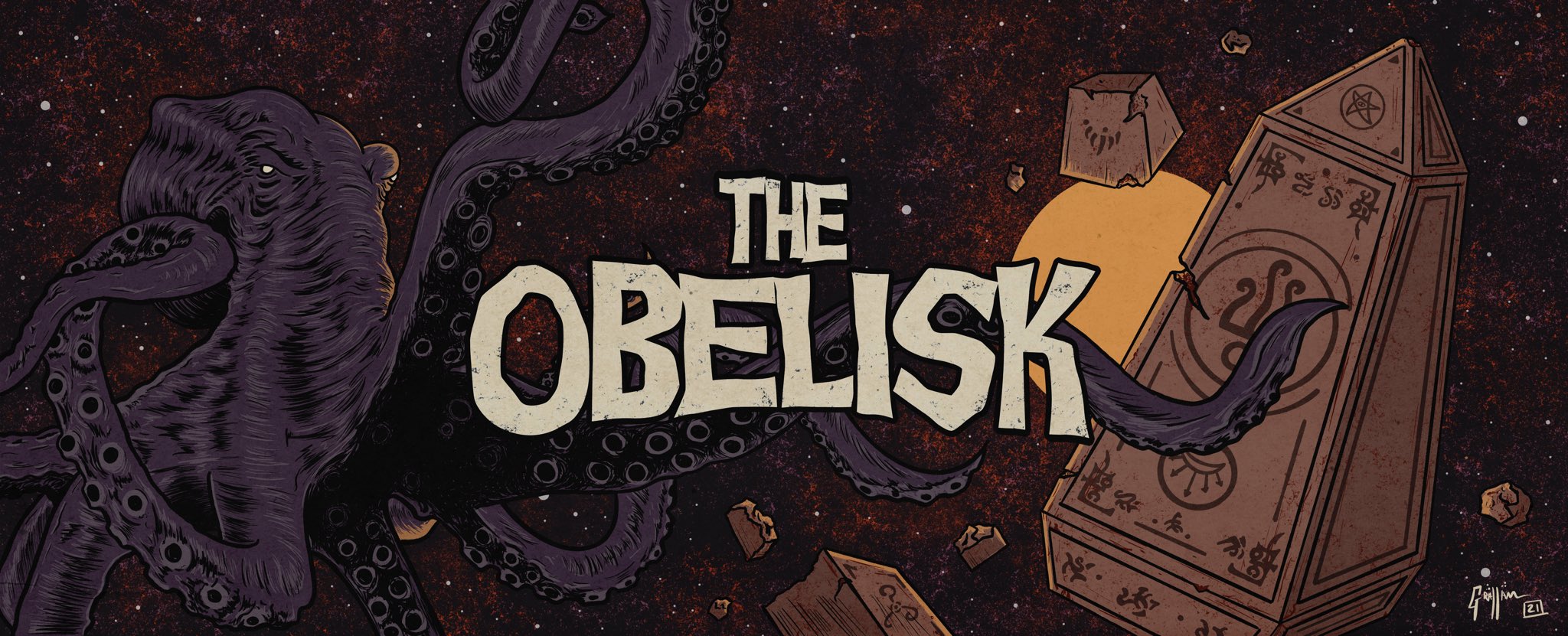Six Organs of Admittance, Hexadic: Systems and Games of Chance
There are two ways by which a project like Six Organs of Admittance‘s Hexadic comes about: Genius and boredom. I suspect that for Ben Chasny, who has spearheaded the band since its incarnation before the turn of the century, it was some working combination of the two that drove him to create the “Hexadic System,” which uses playing cards in some obscure process to construct various elements of songwriting, piecing material together, picking notes and so forth. Set to be released as part of a decade-long association with Drag City as a bundle with a 115-page book explaining the system and a custom-designed deck of playing cards presumably for use by anyone who might want to give it a shot on their own, it is a challenging record conceptually and in the practice of listening that it seems fair to call Six Organs of Admittance‘s most experimental work to-date. That’s saying something. From Chasny‘s 1998 self-titled debut with Six Organs and certainly through his work with Comets on Fire, he — and a variety of other players included (or not) along the way — has maintained a fiercely creative drive. From early blends of synth and acoustics to bedroom folk to more complex arrangements, drone, psychedelia, brilliant traditional songwriting and far-ranging freakouts, it’s been a journey with more turns than straightaways, and while there’s a consistency in Chasny‘s level of performance and a progressive narrative can be drawn from one album to the next — Hexadic could be his 13th, depending on how and what you count — he’s maintained an ability to surprise each time out. So it is with Hexadic.
I won’t pretend to understand the mechanics of the record’s construction (unless the whole thing is bunk, which would be a much more prickish kind of genius), but as it’s how the songs were made, it seems prudent to include at least part of Chasny‘s explanation. Here it is:
This release is the result of years of working on a new way to compose music. We’ve been using the word “system,” but it would probably be more accurate to describe it as an “open system.” It is very malleable. The particular songs on this record were bent toward the idea of rock music. I composed 30 pieces using this system. Of those 30 songs, I chose nine that could best be worked into a rock format for Hexadic. I wanted to make a rock record. So there you have it.
…The system itself consists of different aspects, or correspondences, that can interact with each other or exist on their own. There are game, graphic, and language aspects that intersect with the plane of tonal relationships in a way that creates a unique assemblage. In fact, all of the words on the record were written using the language aspect of the system. The game aspects of the system can be played for fun or used as a compositional method. They can even be used as a performance in itself if the players are confident enough.
The work draws inspiration and uses ideas from three figures: Ramon Llull, Heinrich Cornelius Agrippa, and Gaston Bachelard.
Fair enough. Working on the recording with drummer Noel Von Harmonson, and bassists Rob Fisk and Charlie Saufley, Chasny uses this system of his own creation to craft nine varied tracks that run a gamut from the open-spaced jazzy post-rock of “The Ram” to the noise-caked drone of “Vestige” and the tense basslines and light guitar strums of “Hesitant Grand Light.” There are, as promised, “rock record” moments, but “Maximum Hexadic” — which is as freaked-out as Hexadic gets, with furious swirls of guitar and frenetic drums that pound away in a two-minute furious burst between the drawling, blown-out undulations of “Wax Chance” and centerpiece “Hollow River”‘s more plodding instrumental incantations — is more intricate structurally than one might expect from the quoted phrase. It’s been a long time since Chasny took shelter from the ash. Even the songs that have vocals, “Sphere Path Code C,” for example, use them not necessarily to convey an emotion or single idea in verses and choruses so much as to add another incarnation of the system itself, their patterns chaotic above likewise instrumental shifts. It’s not quite jamming, which Six Organs did plenty of on 2012’s heavy psych-minded Ascent (review here), but aurally kin to some of early Sonic Youth‘s feedback-caked excursions, with a sense of plan underlying and thicker tones. The earlier “Wax Chance” works in something of a similar form, but has a more solidified sense of verse to it, where “Sphere Path Code C” plays toward a more destructive result. All depends on what cards you draw, I guess. Or maybe not.
The more frustrated cuts like “Maximum Hexadic,” “Wax Chance,” “Sphere Path Code C” and the first half of closer “Guild” have a tendency toward the abrasive, and while the whole album is a challenging listen, it’s these most that would seem to convey the restlessness at the heart of Hexadic‘s creation. Still, an unexpected highlight is “Future Verbs,” which arrives late after “Sphere Path Code C” and finds Chasny exploring repetitions of a creeper guitar line over a slow, minimal drum and bass progression. Some ambient changes, but it’s primarily a mood piece, and there isn’t much more to it than that, but it’s one of the album’s most memorable tracks, giving way smoothly to the drone/bass interplay of “Vestige” and “Guild,” which in addition to ending Hexadic is also its longest track at 6:53, successfully ties together the unhinged and atmospheric sides of the release, starting off at full tilt and scaling back as it moves into its second half to end the album with a whisper. Fitting that Six Organs would end off by directly conveying the dynamic possibilities in the system Chasny created, since that’s essentially what the album demonstrates over its course front to back. That does not mean it will be a favorite for everyone who has followed Six Organs of Admittance even just over the last decade, but as open as the system is, it’s just as easy to imagine that Hexadic could take on a life of its own within Chasny‘s songwriting sphere and, amid other releases, become a series — Hexadic II, Hexadic III, and so on. That’s getting ahead, obviously, but as much as he is able to put together in these tracks, there’s as much potential for development as there has always been in his work, that progressive thread turning, but continuing ever forward. Approach with an open mind. One of the best aspects of Chasny‘s efforts here is that if a listener doesn’t want to, they don’t have to even think about the songwriting method, the system or anything like that, if they don’t want to do so. Ignore it, if you want, and just listen to the resulting songs. Hexadic works that way, too.
Six Organs of Admittance, Hexadic (2015)
Six Organs of Admittance website
Hexadic Complete Bundle preorder
Tags: Ben Chasny, Drag City, Hexadic, Six Organs of Admittance, Six Organs of Admittance Hexadic





